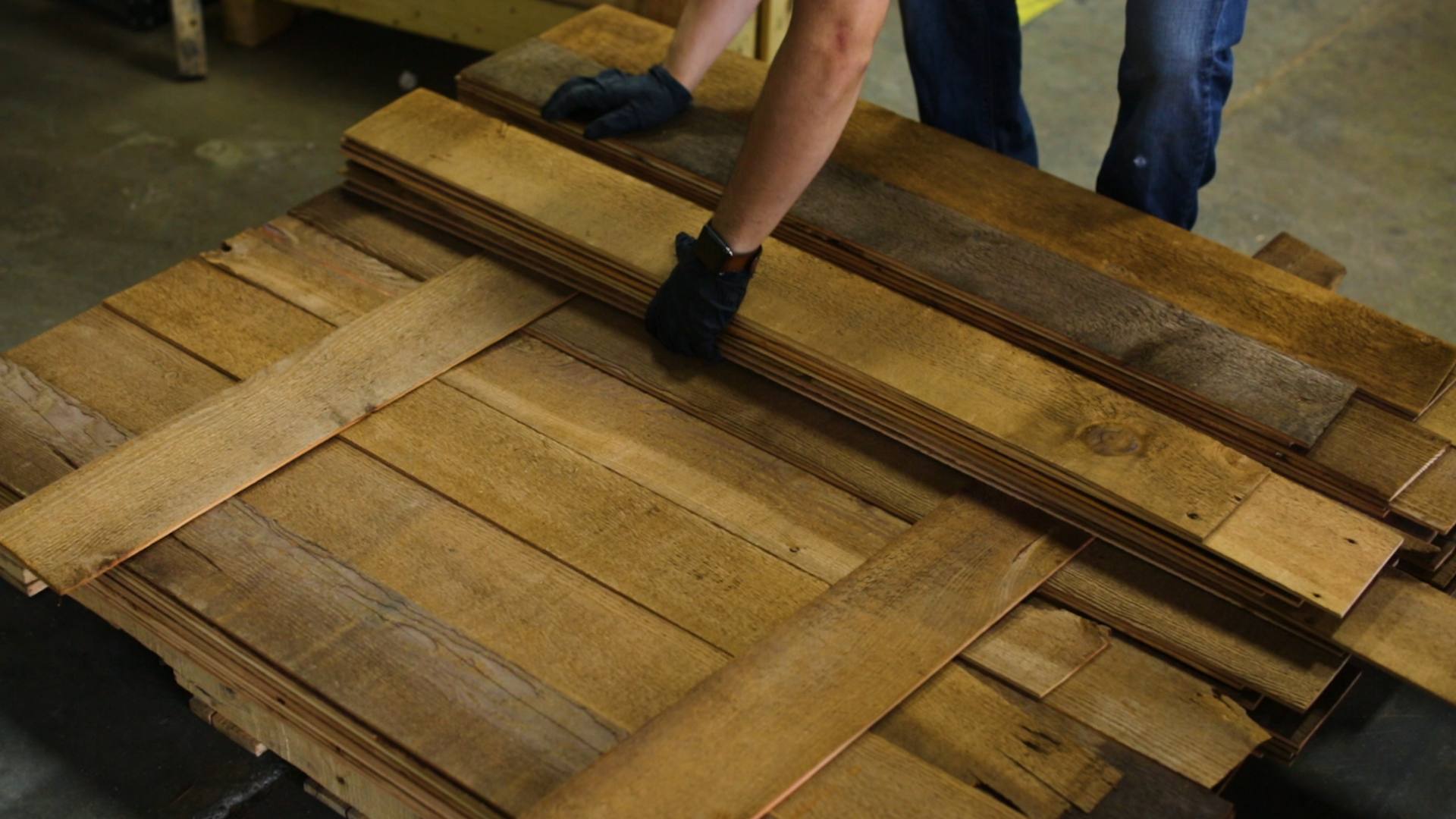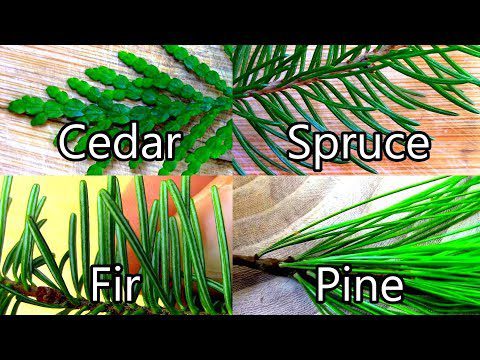Cedar and pine trees are popular choices for various uses. Each has unique traits, making them distinct.
When choosing between cedar and pine, understanding their differences is essential. Cedar is known for its aromatic wood and natural resistance to decay. Pine, on the other hand, is valued for its affordability and versatility. Both types of wood have their own sets of advantages and potential drawbacks.
This comparison will help you understand which tree suits your needs better. Whether you’re considering them for construction, furniture, or outdoor projects, knowing their properties can guide your decision. Let’s explore the characteristics of cedar and pine to see how they stack up against each other.

Credit: www.youtube.com
Introduction To Cedar And Pine Trees
Cedar trees have been used for thousands of years. They are strong and last a long time. Pine trees also have a rich history. They grow fast and are easy to work with.
Cedar trees were known in ancient times. People used them to build ships and temples. Their wood lasts a long time without rotting. Pine trees were known for their resin. This resin was used to make tar and pitch. These materials were important for sealing ships.
Cedar wood is used for making furniture. It smells good and keeps bugs away. Pine wood is used for making paper. It is also used in construction because it is light and easy to cut.
Physical Characteristics
Cedar trees have a reddish-brown color and a pleasant scent. Pine trees, on the other hand, are lighter in color and often have a fresh, piney aroma. Cedars are known for their durable wood, while pine wood is softer and more prone to scratches.
Appearance
Cedar trees have a reddish-brown color. Pine trees are lighter, often yellowish. Cedar wood is known for its rich, warm hue. Pine wood looks pale and clean. Both trees have beautiful grains. Cedar grain is tighter and more uniform. Pine grain is more varied and knotty.
Texture
Cedar wood feels smooth to the touch. It has a fine, even texture. Pine wood is softer and coarser. You can feel the grain more distinctly. Cedar is denser, making it more durable. Pine is lighter and easier to work with. Both woods are popular for furniture. Cedar is often used for outdoor pieces. Pine is common in indoor furniture.
Durability And Strength
Cedar is very strong against bad weather. Its natural oils keep it safe from rot. Pine, on the other hand, may rot faster. Cedar’s oils help it stay safe. Pine needs extra treatment to last long. Cedar can handle rain and sun better. Pine might get damaged by water.
Cedar lasts for many years. It can stay strong for decades. Pine might not last as long. Cedar keeps insects away with its oils. Pine can attract bugs if untreated. Cedar is often used for outdoor projects. Pine is better for indoor use.
Workability
Cedar is soft and cuts easily. This makes it great for projects. Pine is also soft but can have hard knots. These knots make cutting harder. Cedar has fewer knots, so it is smoother to cut. Both woods can be cut with basic tools. Cedar’s softness makes it easier for beginners.
Cedar absorbs paint and stain well. It gives a smooth finish. Pine also takes paint and stain but can blotch. Sanding helps pine look better. Cedar resists moisture and decay, so it needs less finish. Pine may need more coats of finish to last long. Both woods can look great with the right care.
Cost Comparison
Cedar wood is usually more expensive than pine. This is because cedar trees grow slower. Pine trees grow faster, making them cheaper. For those on a budget, pine is a more affordable option.
Cedar wood lasts longer. It is resistant to insects and rot. This means you may save money over time. Pine wood might need more repairs or replacements. Cedar also maintains its appearance better with age.
Environmental Impact
Cedar trees grow slower than pine trees. This means they take more time to mature. Pine trees grow quickly, so they can be harvested sooner. Fast growth helps in reforestation. Pine trees are often used in sustainable forestry practices. Cedar can be harder to replace due to its slow growth. Using pine can help save cedar forests.
Pine trees absorb carbon dioxide quickly. This helps reduce greenhouse gases. Cedar trees also absorb carbon, but more slowly. Planting pine trees can help lower the carbon footprint faster. Pine wood can be used for various products. This reduces the need for other materials. Using pine can help reduce overall carbon emissions.
Best Applications For Cedar
Cedar is great for outdoor projects. It resists decay and insects. This makes it perfect for fences and decks. Cedar is strong and lasts long. It also has a nice smell. Outdoor furniture made of cedar stays looking good for years. Garden beds made from cedar do not rot easily.
Cedar is also good for indoor projects. It is often used in closets and chests. Cedar helps keep clothes fresh. It can also be used for paneling and ceilings. Cedar looks beautiful in any room. It has a warm, rich color. Cedar is easy to work with and smells great.
:max_bytes(150000):strip_icc()/difference-between-cedars-and-junipers-4165305_FINAL-8f376b133871469bac2617d95031900f.png)
Credit: www.treehugger.com
Best Applications For Pine
Pine wood is popular for making furniture. It is easy to work with. This wood is light and can be shaped easily. Pine furniture is affordable and looks good. It can be stained or painted. Pine can fit different styles. It lasts long and is strong. Many people like pine for its unique look. Each piece has its own character.
Pine is used in construction a lot. It is strong and durable. Builders use pine for framing houses. Pine is great for doors and windows too. It is easy to cut and shape. Pine can handle nails and screws well. This wood is also good for making floors. Pine floors are beautiful and sturdy. Pine is a reliable choice for many building projects.

Credit: www.stikwood.com
Frequently Asked Questions
What Are The Differences Between Cedar And Pine?
Cedar is more durable and resistant to decay. Pine is softer and more prone to damage. Cedar has a distinct scent, while pine doesn’t.
Is Cedar Or Pine Better For Outdoor Use?
Cedar is better for outdoor use due to its natural resistance to moisture and insects. Pine needs treatment to withstand outdoor conditions.
Which Wood Is More Affordable, Cedar Or Pine?
Pine is generally more affordable than cedar. Cedar’s durability and resistance to decay often make it more expensive.
How Do Cedar And Pine Trees Grow?
Cedar trees grow slower and live longer than pine trees. Pine trees grow faster and are often used for commercial purposes.
Conclusion
Choosing between cedar and pine depends on your needs. Cedar offers durability and a pleasant aroma. Pine provides affordability and a classic look. Each tree has unique benefits. Consider their characteristics and your specific project. Both trees can enhance your space.
Make an informed decision based on your preferences. Happy tree selection!

